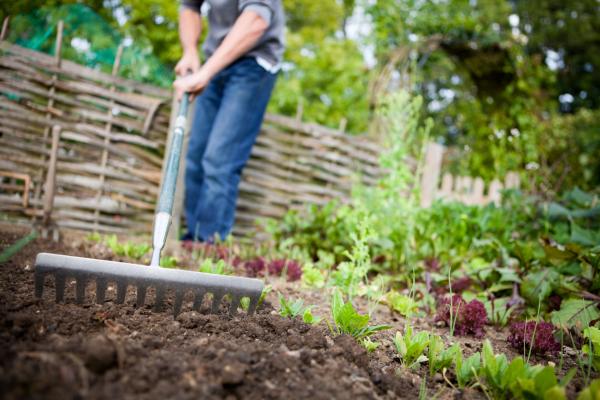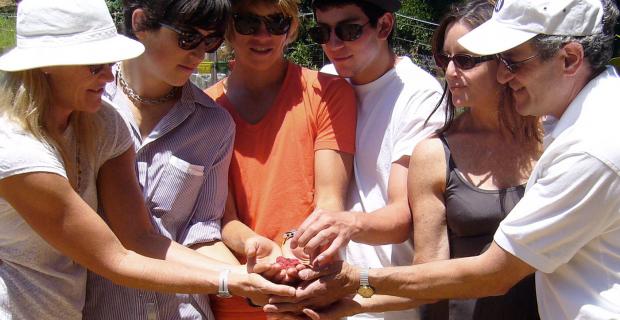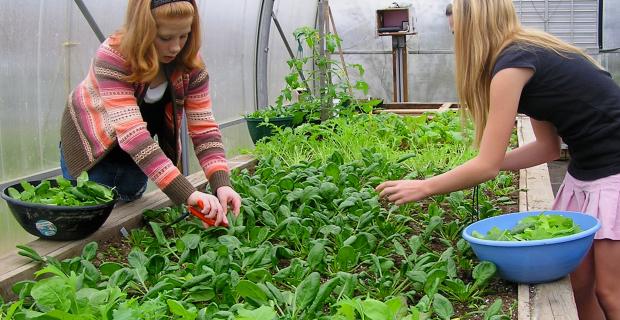Five Steps to Becoming Smart by Nature

These suggested steps are based on the Center for Ecoliteracy's work with hundreds of schools. They also incorporate the wisdom of several other organizations and agencies working in the field.
Adapt them for your circumstances. Remember that large changes to whole systems often begin with small steps.
Find like-minded others, take some action that gets you started, remind yourself regularly why you’re doing this, persevere, and learn from your experiences.
1. ORGANIZE. Identify the people who share your concerns and interests, and build your efforts around them.
Sustainability is a community practice. Expect to be surprised by who is (and by who isn’t) interested. Your allies could include students, PTA and PTO members, parents, teachers, the school nurse, board members, or local businesses. The wider the representation within your school community, the better your chances for success. But you need not use all your valuable time trying to bring everyone on board.
The support of principals, heads of school, and school boards can be crucial. Include administrators, custodians, food service staff, and others whose work your efforts will affect. If your school seems ready, establish a green team, eco-council, or similar committee. If possible, work to free a key person from some other responsibilities to coordinate the process.
2. ENVISION. Keep the end in mind by developing a vision statement or a working definition of what sustainability means to your school.
The process of collaborating to create a vision that fits your school can be as important as the vision itself. Visualize the Smart by Nature graduate. What should he or she know, value, and be able to do?
Take the time to ensure that key people on campus understand and support the vision. Presenting it to the rest of the community creates opportunities for students to produce art, writing, music, and drama. Gaining support from faculty councils, parent associations, school boards, or boards of trustees strengthens the community’s commitment.
3. TAKE STOCK. Conduct sustainability and curriculum audits to set priorities.
Sustainability is rooted in a deep knowledge of place. Begin by knowing your own place. Review the environmental impact of the school’s policies and practices in order to set priorities and establish baselines to measure your success. Audits can cover almost anything: energy and water use; "food miles" in the cafeteria; chemicals used in science labs, for cleaning, or for pest control; purchasing policies; or recycling and waste management. They may focus on one issue or provide an extensive look at a whole range of issues.
Review the curriculum to find where your content and methods of teaching and learning already support your vision. Look beyond "environmental studies" to the whole curriculum. Ask how you can build on what you have done so far.
Find data wherever you can — utility and water bills, expenditures for school vehicles, office supply invoices, or payments for waste hauling. Many local utilities, businesses, government agencies, and other resource people have already developed relevant audit tools and will happily assist. Make the audit part of learning about sustainability.
4. PLAN. Create a strategy and move from vision to action.
The real world is the optimal learning environment. Make the campus a hands-on laboratory for addressing real issues around sustainability. Set high goals, but take manageable steps. Identify the actions that can have the most impact and the issues that most stir the community. Inspiring, challenging goals that lead to substantial change are important, but so are more immediate achievements that allow people to experience success and receive recognition, encouraging them to stretch for higher goals. Start with one achievable project; you do not need to do everything at once.
Recognize that change can be very difficult. Anticipate the education and training that students and staff will need in order to change behavior, adopt new practices, and use new tools. Make it fun. Games, competitions, and rewards for creative problem solving can feed motivation and lead to surprising solutions.
Create partnerships with community organizations. Locate opportunities for civic engagement and service education where students can make a difference in nature and the local community.
5. REFLECT. Close the feedback loop: monitor, evaluate, and celebrate progress.
Nature is our teacher. Natural ecosystems and social systems maintain themselves, "learn," and evolve through networks of feedback. Set up processes to candidly evaluate progress toward your goals as a basis for your next steps. The process is cyclical. Be honest about how well you are doing, but also be prepared to go back and reconsider both your vision and your action plan.
Remember that the community is involved in a learning process and that you cannot perfectly predict or manage change in complex systems. Keep the local community informed about your progress. Plan events to celebrate your successes. Pay attention to what you’re learning and keep a record for the next time around.




